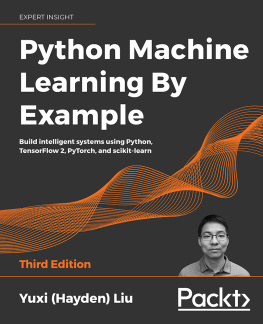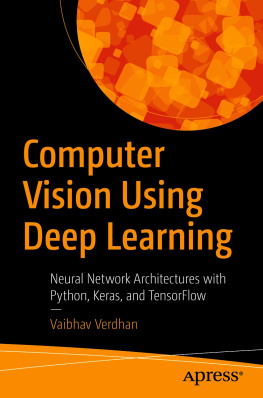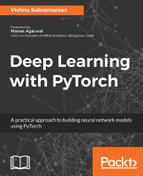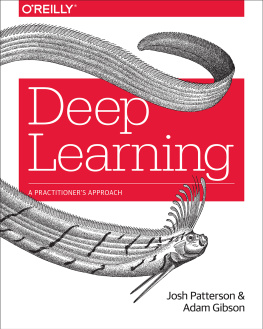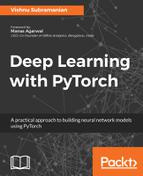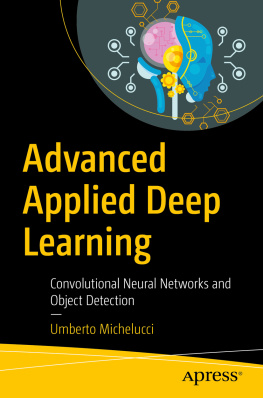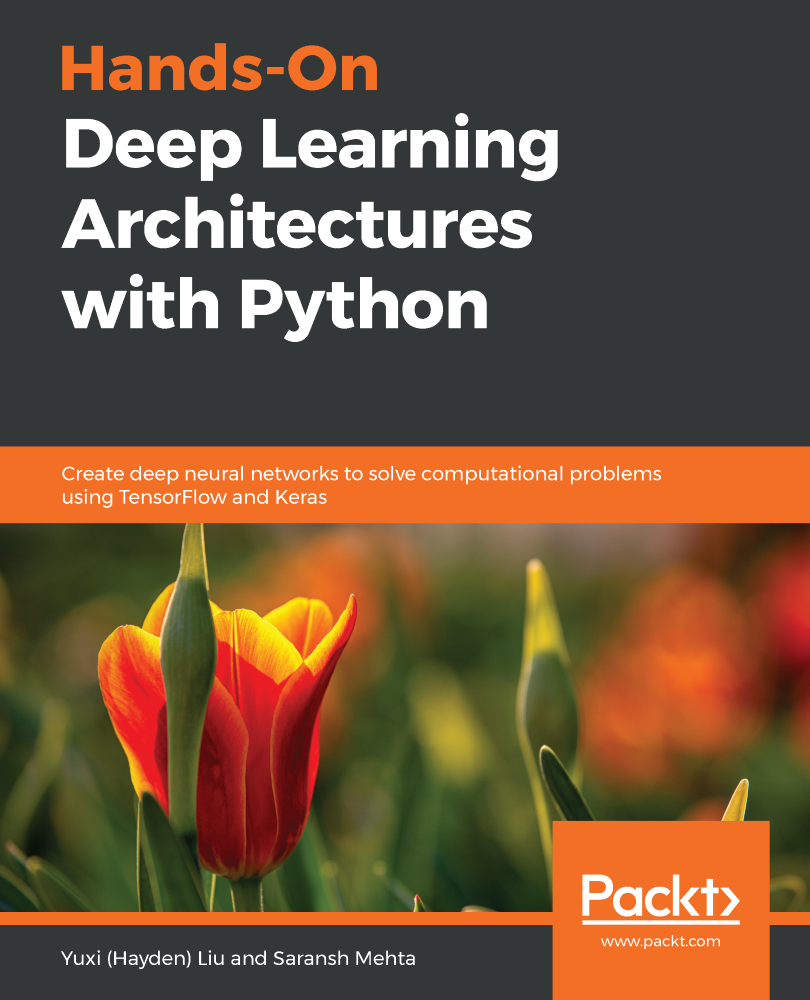Yuxi (Hayden) Liu - Hands-On Deep Learning Architectures with Python: Create deep neural networks to solve computational problems using TensorFlow and Keras
Here you can read online Yuxi (Hayden) Liu - Hands-On Deep Learning Architectures with Python: Create deep neural networks to solve computational problems using TensorFlow and Keras full text of the book (entire story) in english for free. Download pdf and epub, get meaning, cover and reviews about this ebook. year: 2019, publisher: Packt Publishing, genre: Home and family. Description of the work, (preface) as well as reviews are available. Best literature library LitArk.com created for fans of good reading and offers a wide selection of genres:
Romance novel
Science fiction
Adventure
Detective
Science
History
Home and family
Prose
Art
Politics
Computer
Non-fiction
Religion
Business
Children
Humor
Choose a favorite category and find really read worthwhile books. Enjoy immersion in the world of imagination, feel the emotions of the characters or learn something new for yourself, make an fascinating discovery.

- Book:Hands-On Deep Learning Architectures with Python: Create deep neural networks to solve computational problems using TensorFlow and Keras
- Author:
- Publisher:Packt Publishing
- Genre:
- Year:2019
- Rating:5 / 5
- Favourites:Add to favourites
- Your mark:
Hands-On Deep Learning Architectures with Python: Create deep neural networks to solve computational problems using TensorFlow and Keras: summary, description and annotation
We offer to read an annotation, description, summary or preface (depends on what the author of the book "Hands-On Deep Learning Architectures with Python: Create deep neural networks to solve computational problems using TensorFlow and Keras" wrote himself). If you haven't found the necessary information about the book — write in the comments, we will try to find it.
Concepts, tools, and techniques to explore deep learning architectures and methodologies
Key Features- Explore advanced deep learning architectures using various datasets and frameworks
- Implement deep architectures for neural network models such as CNN, RNN, GAN, and many more
- Discover design patterns and different challenges for various deep learning architectures
Deep learning architectures are composed of multilevel nonlinear operations that represent high-level abstractions; this allows you to learn useful feature representations from the data. This book will help you learn and implement deep learning architectures to resolve various deep learning research problems.
Hands-On Deep Learning Architectures with Python explains the essential learning algorithms used for deep and shallow architectures. Packed with practical implementations and ideas to help you build efficient artificial intelligence systems (AI), this book will help you learn how neural networks play a major role in building deep architectures. You will understand various deep learning architectures (such as AlexNet, VGG Net, GoogleNet) with easy-to-follow code and diagrams. In addition to this, the book will also guide you in building and training various deep architectures such as the Boltzmann mechanism, autoencoders, convolutional neural networks (CNNs), recurrent neural networks (RNNs), natural language processing (NLP), GAN, and moreall with practical implementations.
By the end of this book, you will be able to construct deep models using popular frameworks and datasets with the required design patterns for each architecture. You will be ready to explore the potential of deep architectures in todays world.
What you will learn- Implement CNNs, RNNs, and other commonly used architectures with Python
- Explore architectures such as VGGNet, AlexNet, and GoogLeNet
- Build deep learning architectures for AI applications such as face and image recognition, fraud detection, and many more
- Understand the architectures and applications of Boltzmann machines and autoencoders with concrete examples
- Master artificial intelligence and neural network concepts and apply them to your architecture
- Understand deep learning architectures for mobile and embedded systems
If youre a data scientist, machine learning developer/engineer, or deep learning practitioner, or are curious about AI and want to upgrade your knowledge of various deep learning architectures, this book will appeal to you. You are expected to have some knowledge of statistics and machine learning algorithms to get the best out of this book
Table of Contents- Getting Started with Deep Learning
- Deep Feedforward Networks
- Restricted Boltzmann Machines and Autoencoders
- CNN Architecture
- Mobile Neural Networks and CNNs
- Recurrent Neural Networks
- Generative Adversarial Networks
- New Trends of Deep Learning
Yuxi (Hayden) Liu: author's other books
Who wrote Hands-On Deep Learning Architectures with Python: Create deep neural networks to solve computational problems using TensorFlow and Keras? Find out the surname, the name of the author of the book and a list of all author's works by series.

